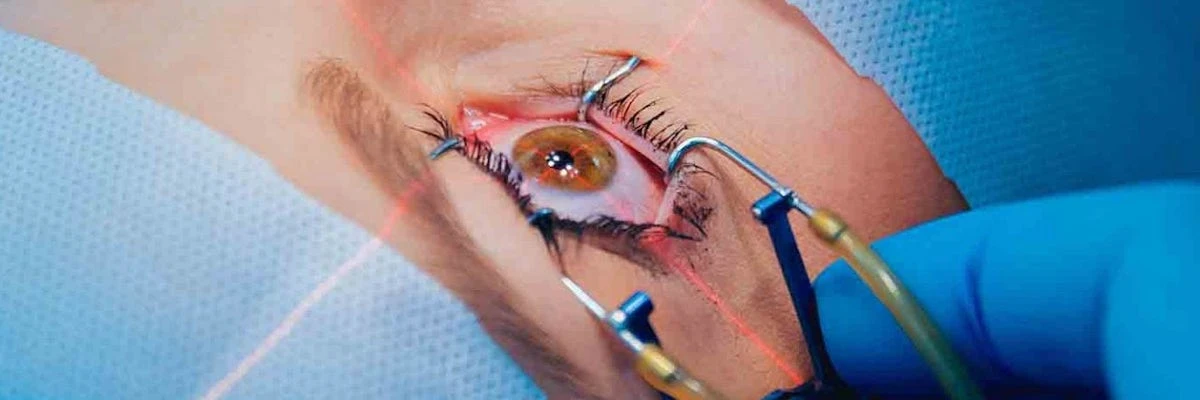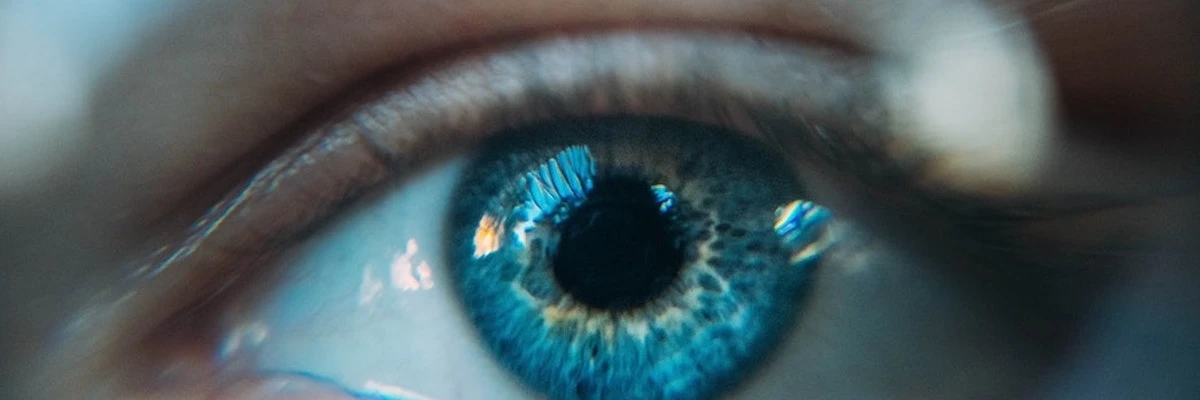Why People Get Laser Eye Surgery
personalEYES | 6 Jun 2019

The concept is long beyond novel, but lasers are putting on a show in these theatres.
Laser eye surgery to correct vision impairment is one of the most popular elective surgeries in the world, with more than 30 million people undergoing the procedure since its inception in the 1980s.
And for anyone who has needed glasses or contact lenses to see clearly, the results of laser eye surgery can be life-changing.
Associate Professor Chandra Bala, who specialises in cataract, cornea and refractive surgery at personalEYES clinics in Sydney, says people choose to have laser eye surgery for several reasons. Some contact lens wearers experience dryness or discomfort. For others, laser vision is a more convenient alternative to glasses or contacts.
“It is often a lifestyle choice,” he says. “If you play sport or you’re an active person, or it might be a hassle to wear glasses or contact lenses on a day-to-day basis.”
Patients may also have financial reasons to choose surgery, especially as the cost of purchasing and upgrading glasses accumulates over time.
“A lot of people just want to be spectacle free,” Bala says. “You can get up in the morning and not have to put on your glasses. You can see the clock at the end of the bed. It’s a matter of convenience.”
Bala says the type of eye surgery you choose depends on age, preferences and budget.
Laser eye surgery is an umbrella term to describe several patented procedures to improve eyesight, including LASIK,PRK and LASEK, which use a laser to reshape the cornea, or the clear layer at the front of the eye.
Think of the cornea as a window to the retina, the light-sensitive tissue that connects your eye to your brain. Reshaping the cornea can allow light to focus through to the retina more accurately.
Although laser eye surgery has been available for decades, treatment has progressed in leaps and bounds from those early days of surgery.
“Initially, it was quite rudimentary. It was not very stable,” he says. “But decades later, it’s getting to the stage of maturity where now we are usually aiming for the holy grail of corrective eye surgery – getting better than 20/20 vision.”
Engineers have developed eye-tracking technology, which tracks the tiniest movements of the eye and locks the laser if your eye moves too far.
The latest, most exciting advancement is Contoura Vision, approved last year by the USFood and Drug Administration, which creates a topographical map or fingerprint, of a patient’s cornea, allowing surgeons to perform the procedure more accurately than ever before. The laser takes less than 10 seconds to reshape the cornea.
Bala says studies have shown that most patients who receive Contoura mapping see better than one or two lines beyond 20/20 on a typical eye chart.
“Supervision, or seeing better than 20/20, has been the goal for years,” Bala says.
“It’s a phenomenal achievement and something we have been able to perform on our patients with great success.”
‘We are usually aiming for the holy grail of corrective eye surgery – getting better than 20/20 vision.
Associate Professor Chandra Bala



